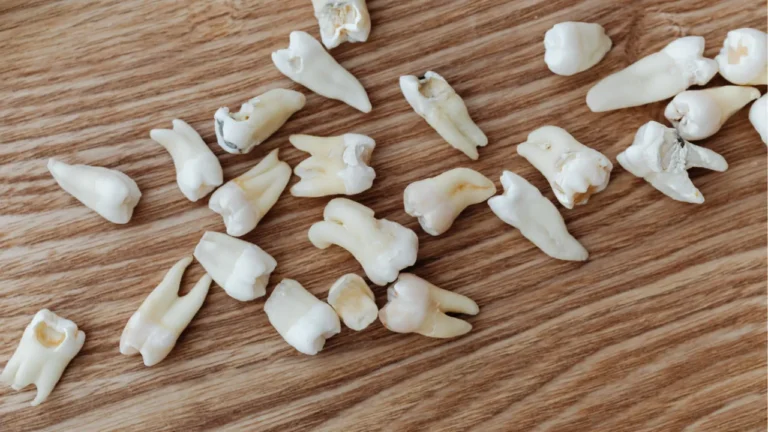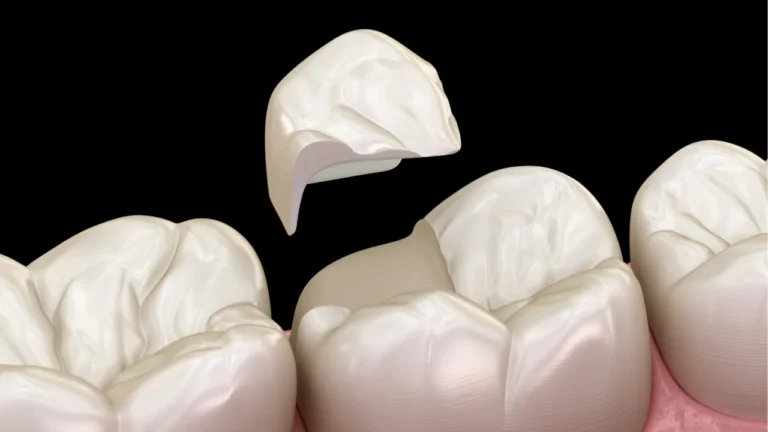Braces aren’t just for kids and teens anymore. Many adults are choosing to straighten their teeth later in life, and for good reason!
Whether you missed out on orthodontic treatment as a child, or your teeth have shifted over time, getting braces as an adult is now more common and more accessible than ever before.
If you’re considering braces as an adult, you might have several questions about the process, benefits, and costs.
In this guide, we’ll explore everything you need to know about getting braces as an adult, so you can make an informed decision about your smile.
Quick Summary
- More adults are getting braces for aesthetic, health, and functional reasons.
- Treatment options include metal braces, ceramic braces, and clear aligners (Invisalign).
- Benefits: better appearance, improved oral health, corrected bite issues, long-term dental investment.
- Treatment time: typically 18–24 months, with regular check-ups every 6–8 weeks.
- Costs in Pretoria: R15,000 – R45,000 depending on type.
- Good oral hygiene is essential during treatment to prevent dental issues.
Why Get Braces as an Adult?
There are many reasons why adults may choose to get braces, whether for aesthetic or health-related reasons. Some common reasons include:
1. Improved Appearance
One of the most obvious reasons adults get braces is to improve the appearance of their smile.
Misaligned, crooked, or uneven teeth can affect your confidence, and braces can help you achieve a straighter, more attractive smile. Many adults who may have had braces as teens but stopped wearing retainers later in life opt to get braces again to correct shifting teeth.
2. Better Oral Health
Misaligned teeth can lead to a variety of oral health problems, such as difficulty cleaning teeth properly, increased plaque buildup, and a higher risk of tooth decay and gum disease.
Braces can help align your teeth, making it easier to brush and floss, and improving your overall dental health.
3. Correct Bite Issues
Braces can help resolve bite problems, such as overbite, underbite, or crossbite, which can lead to difficulty chewing, jaw pain, and uneven tooth wear. By straightening your teeth and correcting your bite, braces can enhance both function and comfort.
4. Long-Term Investment
Straightening your teeth can be a long-term investment in your overall well-being. With a straight smile, you may feel more confident, improve your self-esteem, and reduce the risk of dental complications in the future.
Braces Options for Adults
As an adult, you have several options when it comes to choosing the type of braces that will best suit your lifestyle and treatment goals including:
1. Traditional Metal Braces
Traditional metal braces are the most common and well-known option.
They are highly effective at correcting even the most complex dental issues. While they are visible, today’s metal braces are smaller, more comfortable, and more aesthetically appealing than they were in the past.
Modern advancements in materials and design mean that metal braces are a reliable and affordable option for adults who want to achieve a straight smile.
2. Ceramic Braces
Ceramic braces work the same way as traditional metal braces, but they are made of clear or tooth-colored materials, making them less noticeable.
They are a great option for adults who want a more discreet treatment option but need the effectiveness of traditional braces. Ceramic braces tend to be slightly more expensive than metal braces but are still a popular choice among adults.
3. Clear Aligners (Invisalign)
Invisalign is a clear aligner system that’s incredibly popular among adults due to its discreet nature. The aligners are custom-made to fit your teeth and gradually shift them into place over time.
Unlike traditional braces, Invisalign aligners are removable, meaning you can eat, drink, brush, and floss as you normally would.
Invisalign is often recommended for adults with mild to moderate orthodontic issues and is a great option for those who want to straighten their teeth without the noticeable appearance of braces.
What to Expect During Your Adult Braces Treatment
Getting braces as an adult is similar to the process for children and teens, but there are a few things to keep in mind:
1. Initial Consultation
The first step is scheduling a consultation with one of our experienced orthodontists at Every Smile Dentistry. During this visit, we’ll examine your teeth, discuss your treatment goals, and recommend the best course of action.
We’ll also take X-rays, digital scans, and impressions of your teeth to create a personalized treatment plan.
2. Duration of Treatment
The length of time you’ll need to wear braces depends on the severity of your case. On average, adult orthodontic treatment takes about 18 to 24 months, though some cases may take longer or shorter.
Your orthodontist will provide a more accurate estimate during your consultation.
3. Discomfort and Adjustments
While braces may cause some discomfort, especially after adjustments, modern techniques and materials have made the process more comfortable than ever before.
You may experience mild soreness in the first few days after getting your braces or after each adjustment, but this usually subsides quickly.
4. Regular Check-Ups
You’ll need to visit your orthodontist every 6-8 weeks for check-ups and adjustments.
These visits ensure your treatment is progressing as planned and give your orthodontist the opportunity to make any necessary changes to your braces.
5. Retention Phase
Once your braces have done their job, you’ll enter the retention phase of treatment.
This involves wearing a retainer to keep your teeth in their new, straight positions. Retainers are typically worn for several months or longer, depending on your orthodontist’s recommendation.
Costs of Braces for Adults in South Africa
The cost of braces for adults in South Africa can vary depending on several factors, including the type of braces chosen, the complexity of your case, and the length of treatment. Here’s an approximate price range for braces in Pretoria:
- Traditional Metal Braces: R15,000 – R25,000
- Ceramic Braces: R20,000 – R35,000
- Invisalign: R25,000 – R45,000
At Every Smile Dentistry, we offer competitive pricing and flexible payment plans to make orthodontic care more affordable for adults. We also provide a detailed treatment plan during your consultation, so you know exactly what to expect in terms of costs.
Tips for Maintaining Oral Health with Braces
When you’re wearing braces, maintaining good oral hygiene is essential to prevent cavities, gum disease, and other dental issues. Here are a few tips for keeping your teeth and braces in great condition:
- Brush your teeth regularly: Use a soft-bristled toothbrush and fluoride toothpaste to brush after every meal. Pay extra attention to the areas around your braces.
- Floss daily: Use special orthodontic flossers to clean between your teeth and braces.
- Avoid sticky or hard foods: Steer clear of foods that could damage your braces or get stuck in them, such as caramel, gum, and nuts.
- Use a water flosser: A water flosser can help you clean hard-to-reach areas around your braces, especially if traditional flossing is difficult.
Conclusion
Braces for adults are a fantastic way to improve both the appearance and health of your teeth. Whether you’re looking to straighten your smile, correct bite issues, or improve your oral health, getting braces as an adult is more accessible and effective than ever.
With options like traditional metal braces, ceramic braces, and Invisalign, there’s a solution for everyone.







